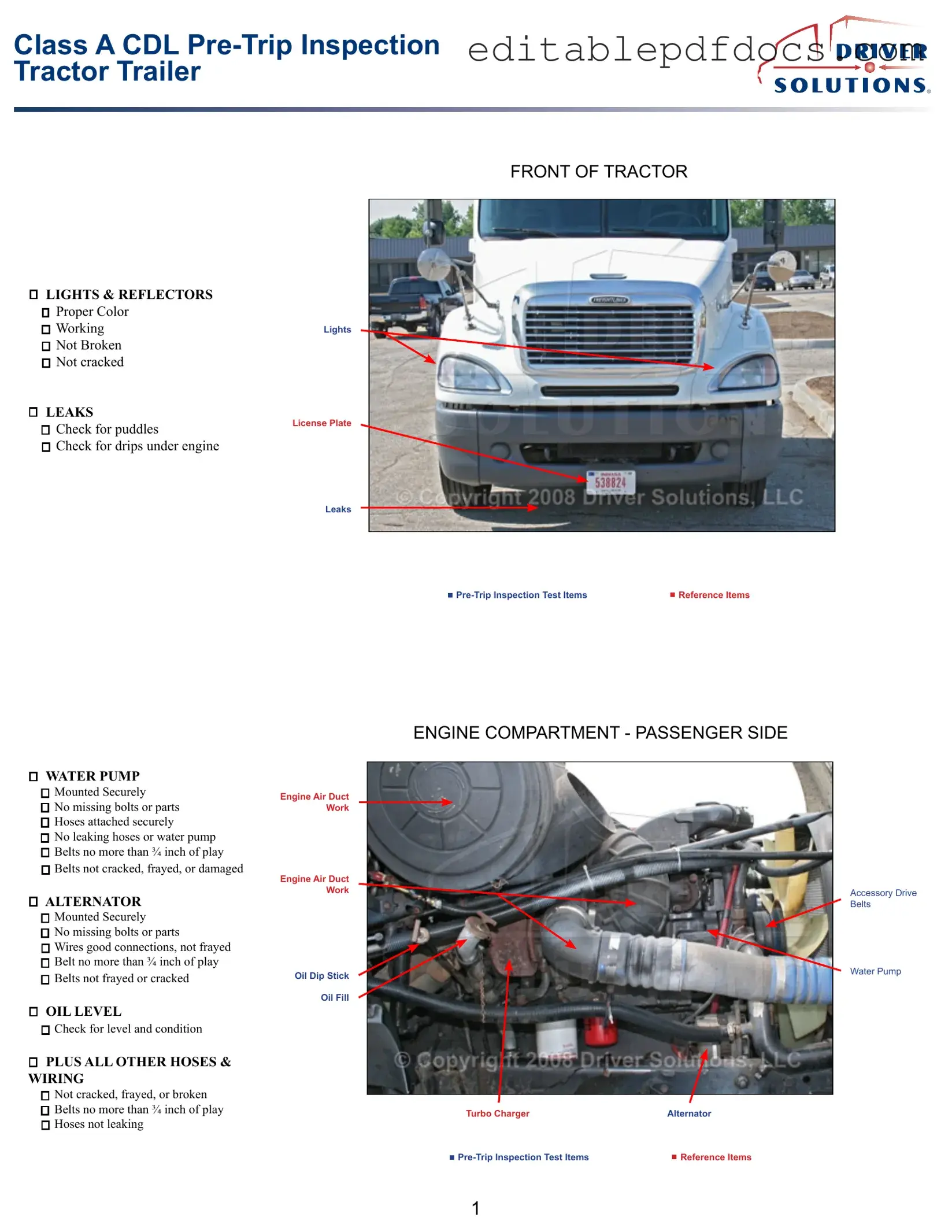Fill a Valid Pre Trip Inspection Checklist Template
The Pre Trip Inspection Checklist is a crucial tool used by drivers to ensure that their vehicles are safe and roadworthy before embarking on a journey. This checklist helps identify potential issues that could lead to accidents or breakdowns, promoting safety for both the driver and other road users. To enhance your safety on the road, consider filling out the form by clicking the button below.
Open Editor Now
